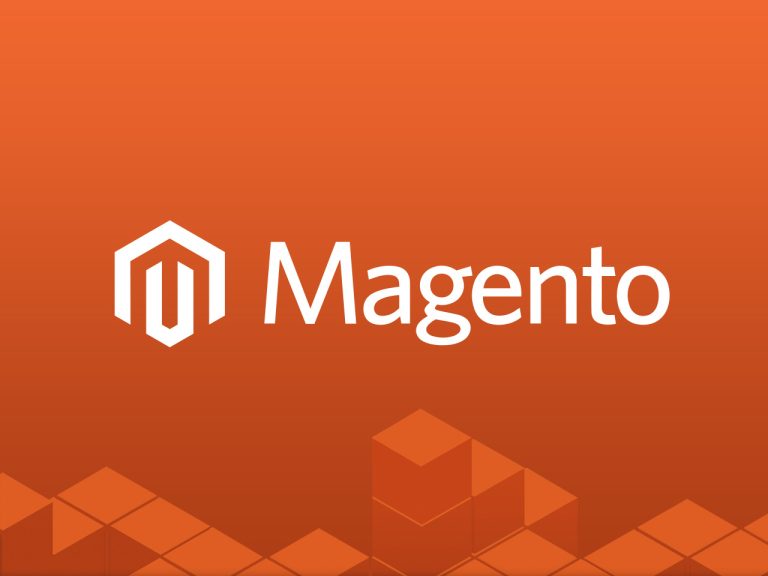In the world of digital commerce, choosing the right platform can be the difference between a thriving online business and one that struggles to scale. Magento (now Adobe Commerce) stands out as one of the most powerful and flexible eCommerce platforms available today. Whether you’re a startup or an enterprise-level retailer, Magento offers tools to help you grow your brand, manage your catalog, and streamline your customer experience.
🚀 Why Choose Magento?
Magento is an open-source eCommerce platform built on PHP. Its key strengths include:
- Flexibility & Customization: Modify almost every aspect of the platform, from product attributes to checkout workflows.
- Scalability: Magento is built to support stores ranging from small catalogs to enterprise-grade operations with thousands of SKUs.
- Mobile Optimization: Fully responsive design ensures your store performs well on mobile devices.
- SEO-Friendly: Built-in tools to help your products rank better in search engines.
- Third-Party Integrations: Easily connect with CRMs, ERPs, payment gateways, and marketing tools.
Steps to Create a Magento eCommerce Store🧰
✔️Plan Your Business Goals. Before diving into development, outline your business objectives:
- What products will you sell?
- Who is your target audience?
- Do you plan to go global or stay regional?
This helps define store structure, payment options, and marketing strategies.
✔️Choose the Right Magento Version.
- Magento Open Source (free)
- Adobe Commerce (paid, with additional features and cloud hosting)
Startups typically begin with Magento Open Source, while large enterprises benefit from Adobe Commerce’s advanced features.
✔️ Select Hosting & Domain. Magento requires a robust hosting environment. Choose a provider offering:
- Dedicated or cloud servers
- Optimized caching (Varnish, Redis)
- Support for PHP 8.x and MySQL/MariaDB
Popular Magento hosting services: Nexcess, Cloudways, A2 Hosting, or AWS.
✔️ Install Magento. Magento can be installed via:
- Composer (recommended for version control)
- Web Setup Wizard (discontinued in Magento 2.3+)
Use the Magento CLI (Command Line Interface) for a more controlled and secure setup.
✔️ Choose a Theme or Design Your Own.
Magento’s default Luma theme is a good starting point, but most businesses prefer a custom theme or premium template from marketplaces like ThemeForest or TemplateMonster.
✔️ Set Up Products and Categories
Magento supports:
- Simple products
- Configurable products (e.g., size/color variants)
- Grouped/bundled/downloadable/virtual products
Organize your catalog using intuitive categories and attributes to enhance product discoverability.
✔️ Configure Payment and Shipping. Magento integrates with major payment providers like:
- PayPal
- Stripe
- Authorize.Net
- Braintree
Set up shipping zones, rates, and carriers (UPS, FedEx, DHL) from the admin panel.
✔️ Optimize Store Performance. Key strategies include:
- Enable full-page caching
- Minify CSS/JS
- Use a Content Delivery Network (CDN)
- Optimize images
- Implement ElasticSearch for faster site search
✔️ Install Essential Extensions. Magento’s marketplace offers thousands of extensions for:
- SEO (MageWorx, Amasty)
- Social login
- Abandoned cart recovery
- Live chat
- Analytics and CRM
Choose only trusted and actively maintained modules.
✔️ Launch and Monitor
Test everything—checkout, payment, mobile responsiveness—before launching.
Post-launch, use tools like:
- Google Analytics
- Magento Reports
- New Relic (for performance)
💡 Skynix LLC has a proven track record of implementing Magento-based solutions tailored to specific business requirements.
Here are some notable examples:
🔝 Hub Lenses: Multilingual, RTL-Supported Magento Store
- Objective: Develop a modern, fast, and secure Magento 2 store catering to Arabic-speaking countries with right-to-left (RTL) language support.
- Solution: Implemented a multisite architecture with a custom RTL theme, integrated payment gateways like PayPal and checkout.com, and utilized AWS for scalable hosting.
- Outcome: Achieved a significant increase in client acquisition within five months post-launch, establishing Hub Lenses as a leading eCommerce platform in the UAE.
https://skynix.co/portfolio/hublenses
🔝 Damp-e: Progressive Web App (PWA) for Enhanced User Experience
- Objective: Transition from Magento 1 to a modern Magento 2 PWA to improve performance and user engagement.
- Solution: Developed a PWA using React and Magento 2, integrated services like PostcodeNl and MultiSafepay, and hosted on AWS for reliability.
- Outcome: Delivered a fast, responsive, and scalable eCommerce platform, resulting in improved operations and increased ROI.
https://skynix.co/portfolio/damp-e
🔝 Kaia: Custom Mega Menu Module for Improved Navigation
- Objective: Enhance product discoverability on the Kaia webstore.
- Solution: Developed a custom Mega Menu module using React and Magento, facilitating easier navigation for users.
- Outcome: Improved user experience led to increased customer satisfaction and sales.
https://skynix.co/portfolio/kaia
If you are planning to launch or upgrade your e-commerce platform, partnering with the experienced developers of the Skynix LLC team can make a significant difference. Our experience in Magento ensures that your store will not only be functional, but also optimized for performance and user experience. Don’t hesitate to contact Skynix LLC for a consultation and take the first step towards successful e-commerce🧑💻




